Flame-Throated Bulbul Bird Looks Like It Is Wearing A Suit And Bowtie
There are some animals that you do not see very often because, luckily, their habitats remain largely untouched by human activity. Human activities, including land clearing and deforestation, have destroyed the habitats of far too many animals.
The bird we are focusing on today is the flame-throated bulbul, and it has no intention of going extinct anytime soon! It is a beautiful creature that lives in pristine forests and gathers berries with its friends; it sounds super cute, doesn’t it?
This bird used to be considered a subspecies, but, fortunately, its status has been elevated to that of a full species—which, I mean, gives it bragging rights! There are many technicalities as to why it was not included before, but now scientists have managed to note enough differences to support its upgraded classification.
While this bird is not common in many parts of the world, it is still a fascinating bird to learn about due to its natural beauty and ability to thrive in a human-free environment. So, get ready to learn everything you will ever need to know about the flame-throated bulbul.
Native to India, the fancy and scientific name for it (if you are into that sort of thing) is Rubigula gularis.
This is the flame-throated bulbul.
It is a member of the bulbul family of passerine birds. The bulbul family encompasses a collection of medium-sized birds that are distributed across a wide area: throughout most of Africa, into the Middle East, from tropical Asia to Indonesia, and even some as far north as Japan!
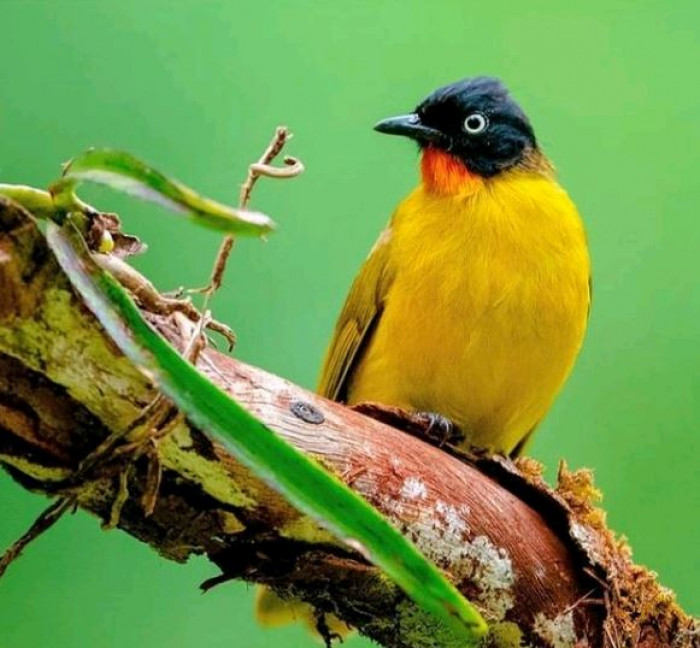
The flame-throated bulbul is native to Southern India. It is found exclusively in the forests of the Western Ghats. They can be located in the lowlands and foothills of the Ghats, ranging from 900 m to 1200 m in elevation. The primary habitat of the flame-throated bulbul is the Western Ghats, from southern Maharashtra and Goa southwards.
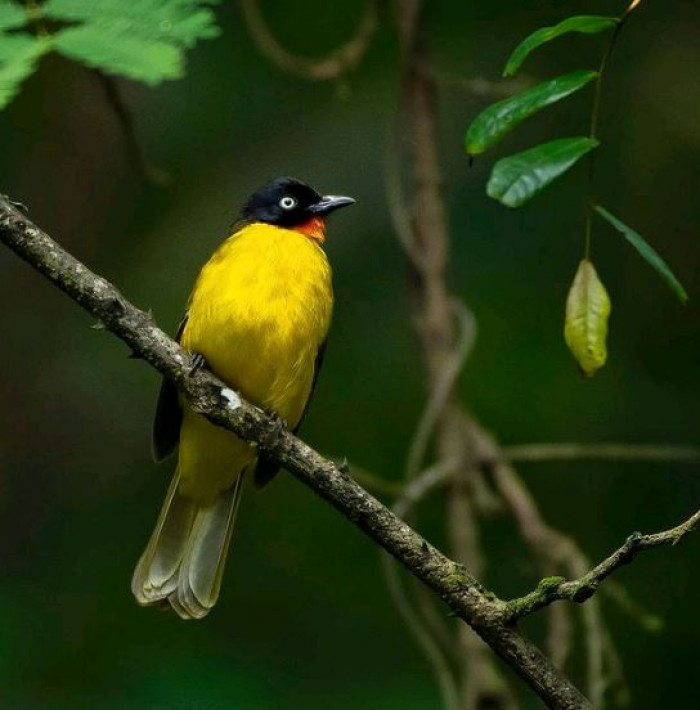
The birds have a super funky appearance. They are around 18 cm long, making them medium-sized birds. They have an olive-green back and a yellow chest, along with a small black head and an orangey-red throat. This gives them the appearance of wearing a yellow suit with a red bowtie! Their eyes are incredibly vibrant: the iris is white (although it appears pale blue), which contrasts starkly with their head, while their beak is also a dark color. They do not have a crest, which is unusual for a bird of this type.
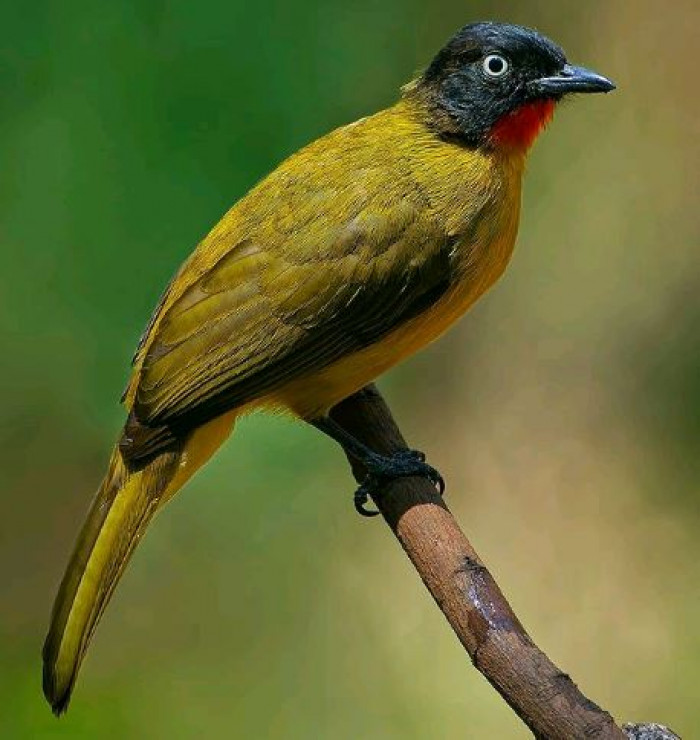
Male and female flame-throated bulbuls are very similar in appearance.
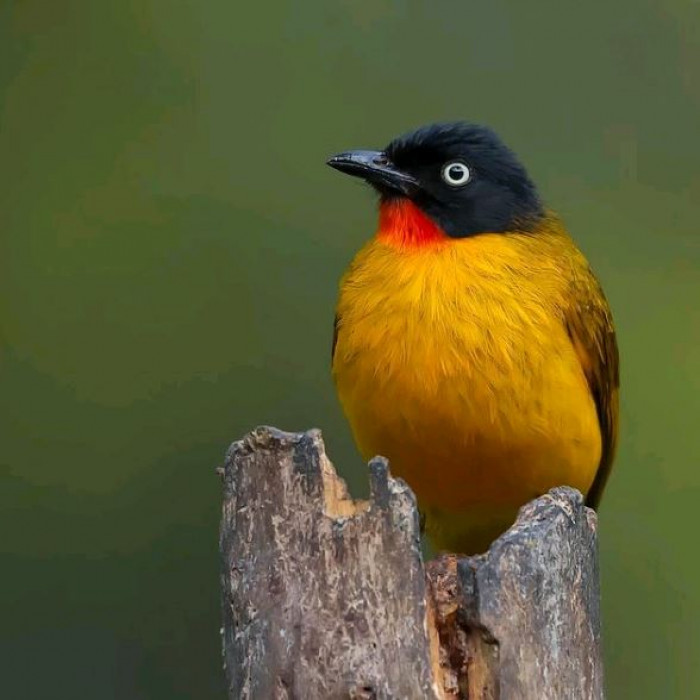
Their preferred habitats include scrubby areas, evergreen forests, scrub, and thickets alongside rivers, mixed bamboo, and old forest clearings overgrown with jungle. Rarely, they have been spotted in coffee plantations or on the edges of forests. Fortunately for them, their habitat remains largely untouched, allowing the flame-throated bulbul to live a solitary life.
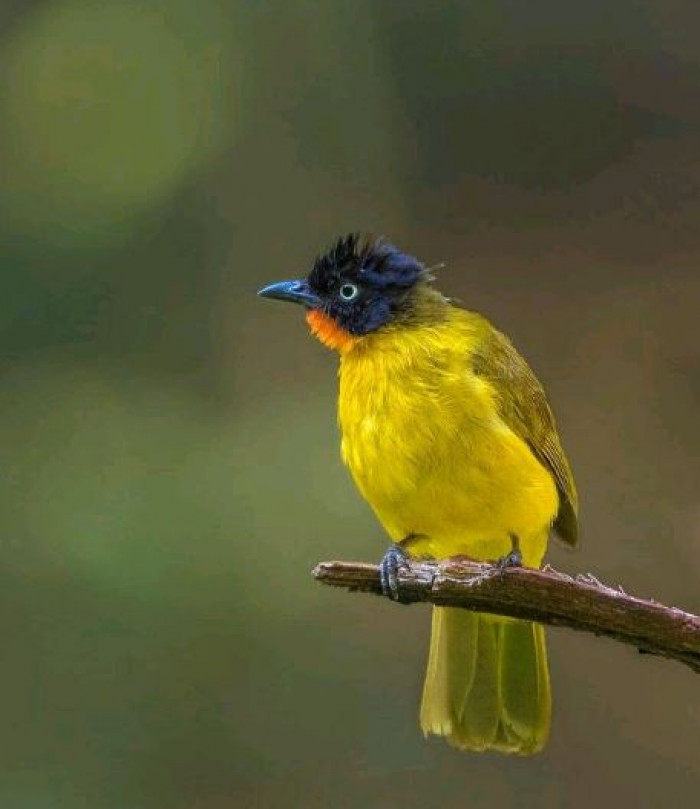
Flame-throated bulbuls are often seen foraging in small groups for berries and small insects. They feed on berries, insects, figs, and small fruits. The idea of these birds going out in small groups on gathering missions is incredibly cute!
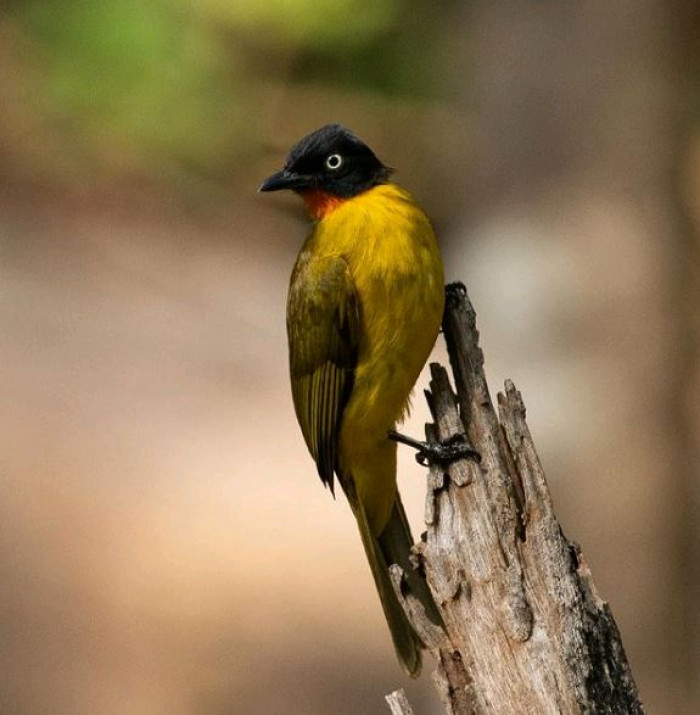
After she has laid the eggs, the female flame-throated bulbul will incubate them alone for 18 to 20 days. The male will help to feed her, and once the eggs have hatched, he will assist in feeding the chicks as well.
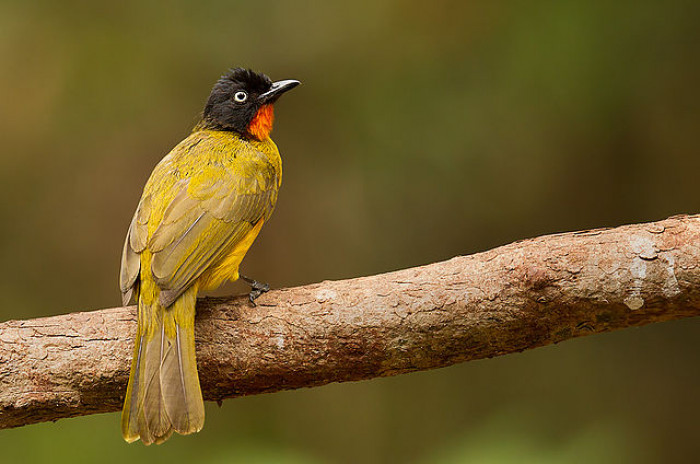
The breeding season for the flame-throated bulbul occurs between January and August. They build their nests in the fork of a small, sturdy tree. The process of nest building takes a considerable amount of time. For about 10 days, after finding the perfect location, the birds construct nests from dead leaves, cobwebs, and grass stalks, lining the inside with softer grass.
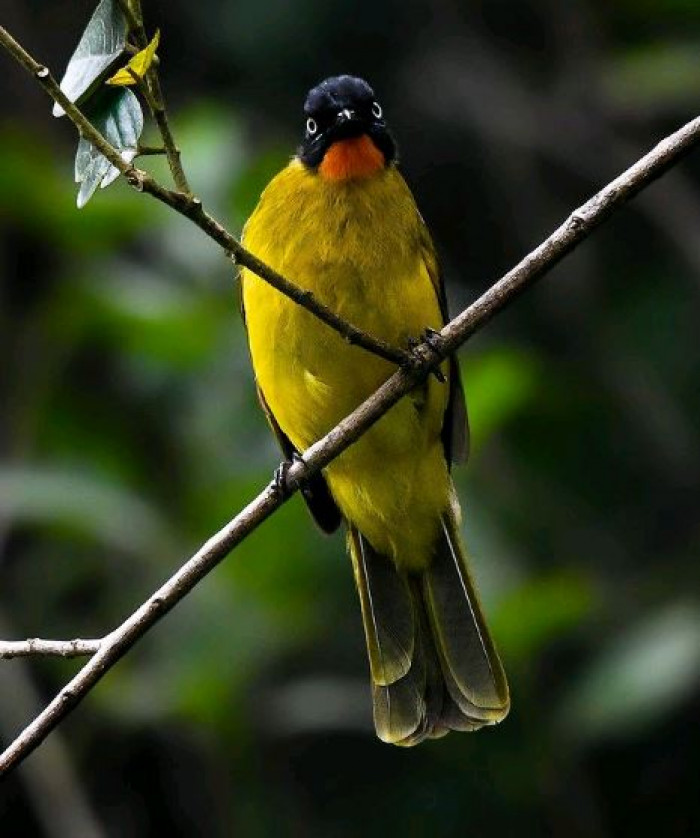
Check out this short video of them, and hear their unique song!
There are a large number of these birds in the wild, so they are not in any danger of extinction. As Dr. Jonathan Haidt, a social psychologist, notes, "The resilience of species like the Flame-Throated Bulbul is a testament to the balance of ecosystems." It’s certainly a relief to know that this bird isn’t threatened by extinction or habitat destruction, offering a refreshing change from the often dire narratives surrounding wildlife today. Birds, often overlooked, are just as special as other animals; they simply spend most of their time hanging out above our heads. As Dr. Sonja Lyubomirsky, a happiness researcher, states, "The beauty of nature, including birds, can significantly enhance our well-being."



